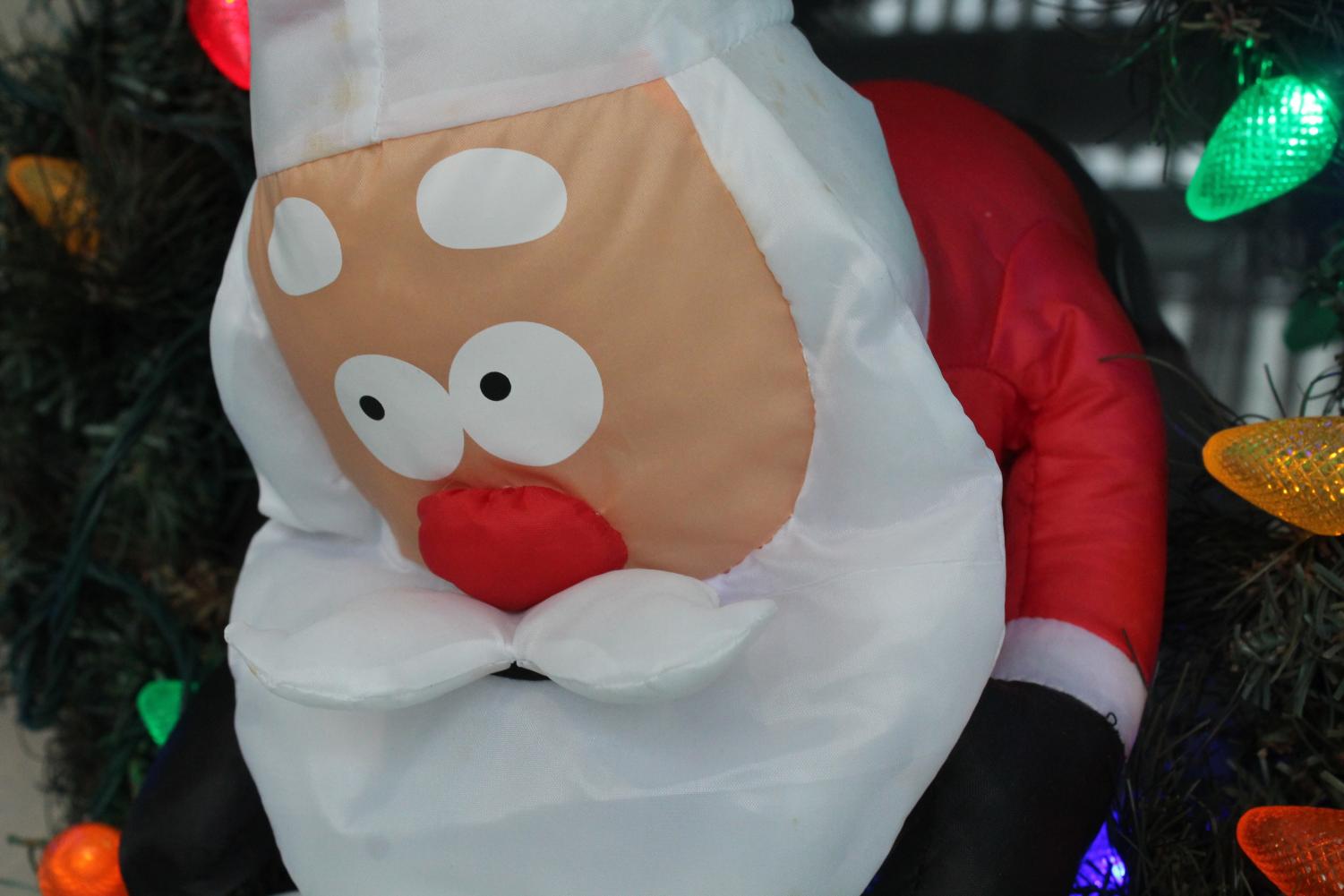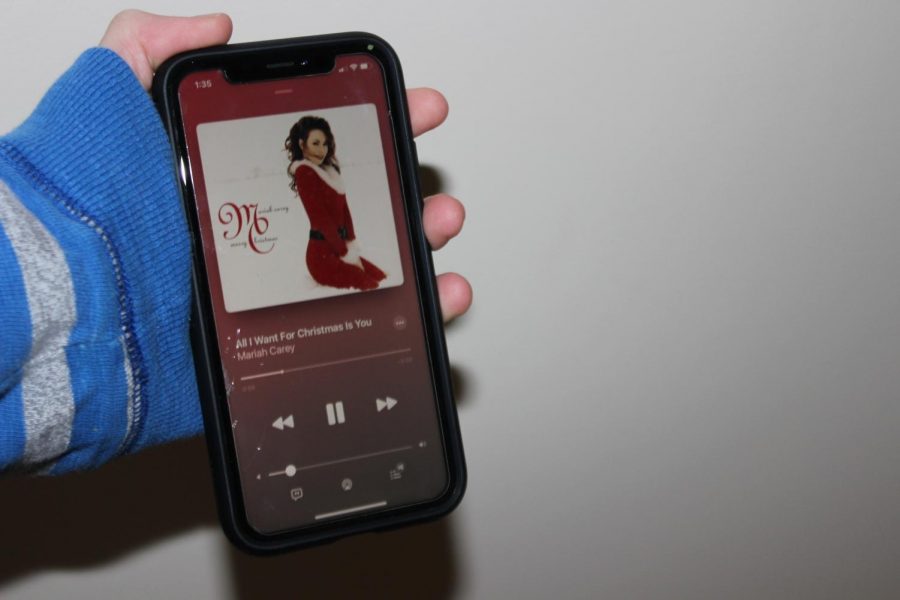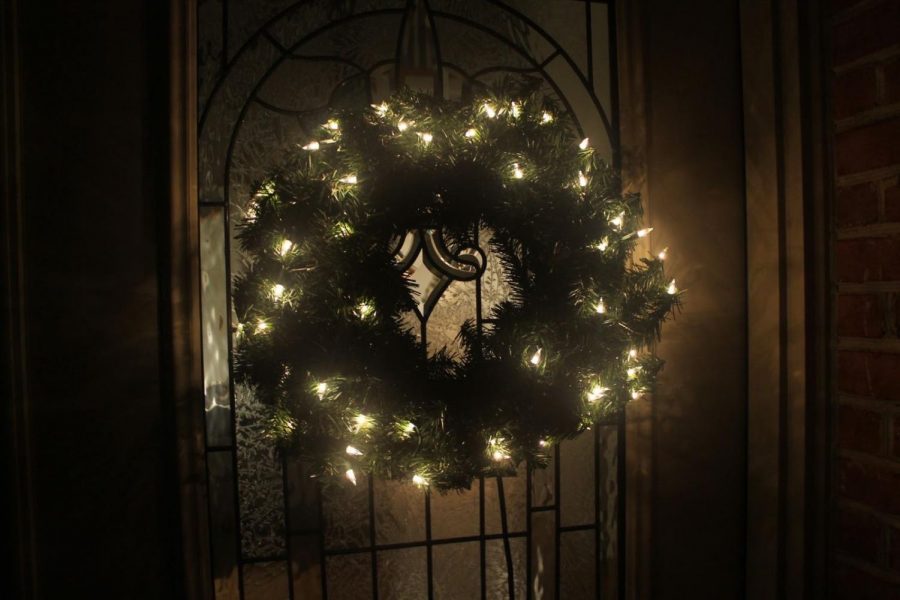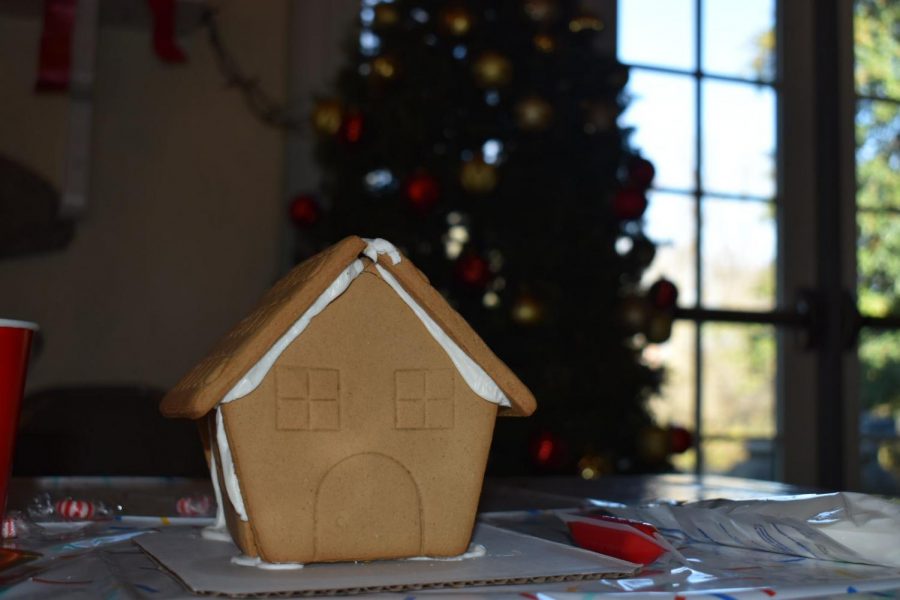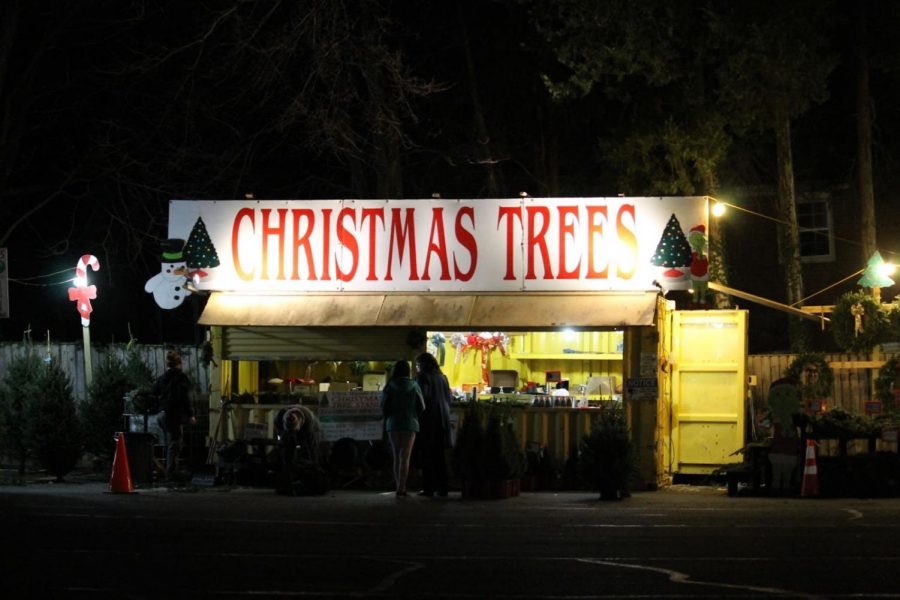The youthful magic of the holiday season is characterized by childhood innocence. December remains whimsical when kids believe in the elf that magically transports across the room, flying reindeer from the North Pole and the big-eared helpers who make toys for children around the world. However, the fat, rosy man from the North Pole who visits kids worldwide in one night, bringing joy, cheer and gifts is the most famous lie of them all.
By the time high school rolls around, kids know the truth. Belief in the magical man subsides. At our school, students have various stories and time frames of how and when they found out that Santa Claus, the jolly gift-bringer with whom many children find their holiday comfort, is not real.
For some students, the truth about Santa was just the first fallen domino, leading to more devastation about fictitious magical creatures.
“I was in third grade when I found out Santa wasn’t real. I’m the oldest one in my family, so it was truly tragic. It shattered my whole world view because afterwards things just kept coming down….‘Is the tooth fairy not real too? And the Easter bunny as well?’” junior Allison Kinzer said.
“When we got home from this party we were at, my brother and I were sitting on the couch with my parents, and we were both hysterically sobbing while they were telling us how every single fictional character isn’t real,” junior Katrin Bergesen said.
Others had the news broken to them maliciously by an older friend or sibling.
“I was in fourth grade and one of my friends who was a bad influence told me,” freshman Rocco Ferri said.
“I was in third grade and a friend told me, which bummed me out even though I always kind of knew in the back of my mind,” junior Connor Marino said.
“I was about twelve when I learned that Santa wasn’t real. I was sitting in my living room, and my older sister just broke the news to me,” junior David Sandall said.
Some had their suspicions and took it upon themselves to find the truth.
“I learned in eighth grade, because I watched my parents wrapping presents and they were writing ‘From Santa’,” sophomore Lilly Roberts said.
“I was in fifth grade and I had already been suspecting it so I made a Santa trap. I taped wrapping paper to the bottom of their door on Christmas eve. If they opened their door in the middle of the night I would know that they went downstairs. Also, I tried to shoe-match the footprints with the shoes in our house. That’s how I found out because, of course, I caught them,” freshman Karenna Wilson said.
Grinches since birth, some students always had their doubts and never fed into the holiday lie.
“I came to the conclusion myself when I was super young. I don’t think I ever really believed. I was probably about three or four when I confronted my mom and she confirmed. I didn’t feel sad because I already knew. I think I felt smart, even,” sophomore Roxy Hauser said
“My parents told me, but I just never believed,” freshman Ellie Prantner said.
“I just kind of always knew. My parents were really bad at lying so I never thought he was real,” freshman Sofia Diascro said.
A unique story from junior Natalie Yoder begins with the tooth fairy in Aachen and ends with a large sum of euros for the devastated eleven year old.
“I was in fifth grade, and I was doing the German exchange program. I had just lost a tooth, so I thought the tooth fairy was going to come. My dad was talking to the German exchange person in the other room and he said, ‘I’ll just throw a couple of bucks under her pillow.’ I confront him, then I run away and start crying. I call my mom who is in America and she tells me about all of the other make-believe characters. I got mad at my dad and he realized what he had done so I got a whole bunch of money under my pillow the next morning because he felt bad. It was all in euros though because we were in Germany, so I couldn’t use it,” Yoder said.
Yoder continues to reflect on how the horrible truth has affected the holidays that followed.
“It made me feel really horrible, the next Christmas it felt like someone had died in my heart. I was grieving. It was never the same,” Yoder said.
Some parents choose to reveal the truth from the beginning—with a caveat for their believer friends.
“I’m actually Jewish, and my mother told me ever since childhood that Santa wasn’t real. But she told me to keep it a secret so my friends who weren’t Jewish wouldn’t know. So all my life my friends would talk about Santa and I would have to keep the secret,” junior Juliette Fortney said.
Whether they never believed or got euros as an apology, students at our school learned the truth in different ways. Though the magic had to come to an end, the spirit of giving symbolized by Santa Claus lives in our hearts. Be other people’s Santa, Patriots. Give back by bringing joy and gifts to our community this holiday season.




































